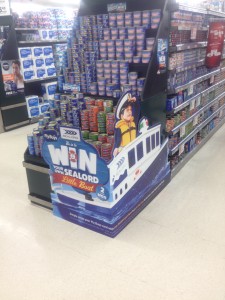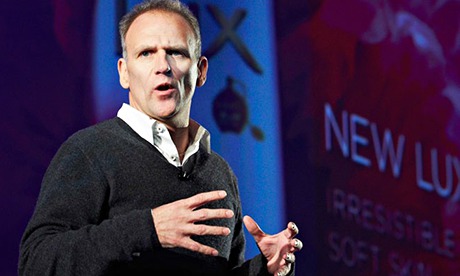
Are you building a shopper marketing team and struggling to define what you’re looking for? Perhaps you’re looking for a role in shopper marketing and you’re not sure if you’ve got what it takes? In a relatively new discipline, finding skilled and experienced ‘shopper marketers’ can be tough. So what are the essential shopper marketing skills that make a great ‘shopper marketer’ and where do you look for them?
Shopper marketing is marketing
The first principle to grasp is that shopper marketing is a business process which seeks to change shopping behavior in order to drive consumption of a brand. Like other forms of marketing, the process identifies a target segment, sets objectives for behavioral change and defines a marketing mix to deliver these. Like other forms of marketing, it is multi-disciplinary drawing on a broad understanding of the business issues facing a brand and; like any marketer, potential ‘shopper marketers’ need a number of fundamental skills to be successful.
Essential shopper marketing skill 1: The ability to create insight
If you read my blog last week, you’ll have seen that shopper insights can be commercial game changers so the ability to find insights in data is a ‘must have’. Shopper marketers need to have a keen sense of where business growth opportunities might exist and be able to develop hypotheses about these. They need to have the patience to sort through a variety of data sets to find evidence to validate these hypotheses whilst demonstrating their creativity in finding proxies and alternatives when no direct data can be found. Once they’ve found proof that an opportunity exists great shopper marketers can evaluate these opportunities, showing how their realization contributes to the company’s objectives as well as those of its customers.
Essential shopper marketing skill 2: The ability to segment
Shoppers are real people, just like you and me. Since we are almost certainly different, so are shoppers. The ability to segment people who buy a brand in a meaningful and measurable way helps shopper teams target effectively. The same skills help define relevant retail environments in which invest. Great shopper marketers demonstrate an ability to seek out relevant differentiators upon which to base their segmentation and an ability to balance complexity and practicality so that the whole business can act on their conclusions.
Essential shopper marketing skill 3: The ability to prioritize
Marketing is both complex and expensive and since all companies work within limited resources (though some more so than others!), the ability to define what not focus on is always valuable. This is perhaps more true in the field of shopper marketing as the level of complexity can be exponentially greater as one considers finer segmentations of shoppers and channels (imagine having to create specific campaigns for every shopper segment in every channel and for every brand). Knowing how to define the fastest path to growth and excluding the difficult and the low-value ensures effort, energy and investment flows to the places they are needed.
Essential shopper marketing skill 4: The ability to plan
I mentioned that shopper marketing is multi-disciplinary: Successful campaigns depend on the actions of practically every part of the business. Shopper marketers who can demonstrate their understanding of who is required to do what, when in order to achieve specific and measurable objectives are a valuable commodity. What marks a great shopper marketer out though is a sensitivity for the needs of external parties and retailers in particular to ensure things get executed.
Essential shopper marketing skill 5: The ability to communicate
Shopper marketing as a function rarely sits at the heart of the business – we’ve found shopper teams in marketing teams, digital teams, as sub-sets of trade marketing teams (bizarrely) and in sales teams. Many of the guys and girls we work with manage multiple stakeholders and the best are true chameleons – finding common ground with finance experts, sales reps, digital teams and retail buyers alike. Wherever the team sits, the ability of its managers to ‘sell’ the value of their objectives and secure agreement to action against plans is key.
Shopper marketers are marketers
By now many of you should be asking what the difference between a marketer and a shopper marketer is and the true answer is ‘very little’. The same skills that make a marketer successful are the ones that will make a shopper marketer shine. Sure shopper teams need to understand the differences between consumer behavior and shopper behavior. Of course they need be more aware of the trade than their consumer or digital peers. But point to any truly successful marketer and ask yourself if they don’t these traits too.
If you’re thinking about where to find the next member of your shopper team or you’re thinking about making the move for yourself, these essential skills are the ones you should be building on and if you need help, feel free to get in touch.




